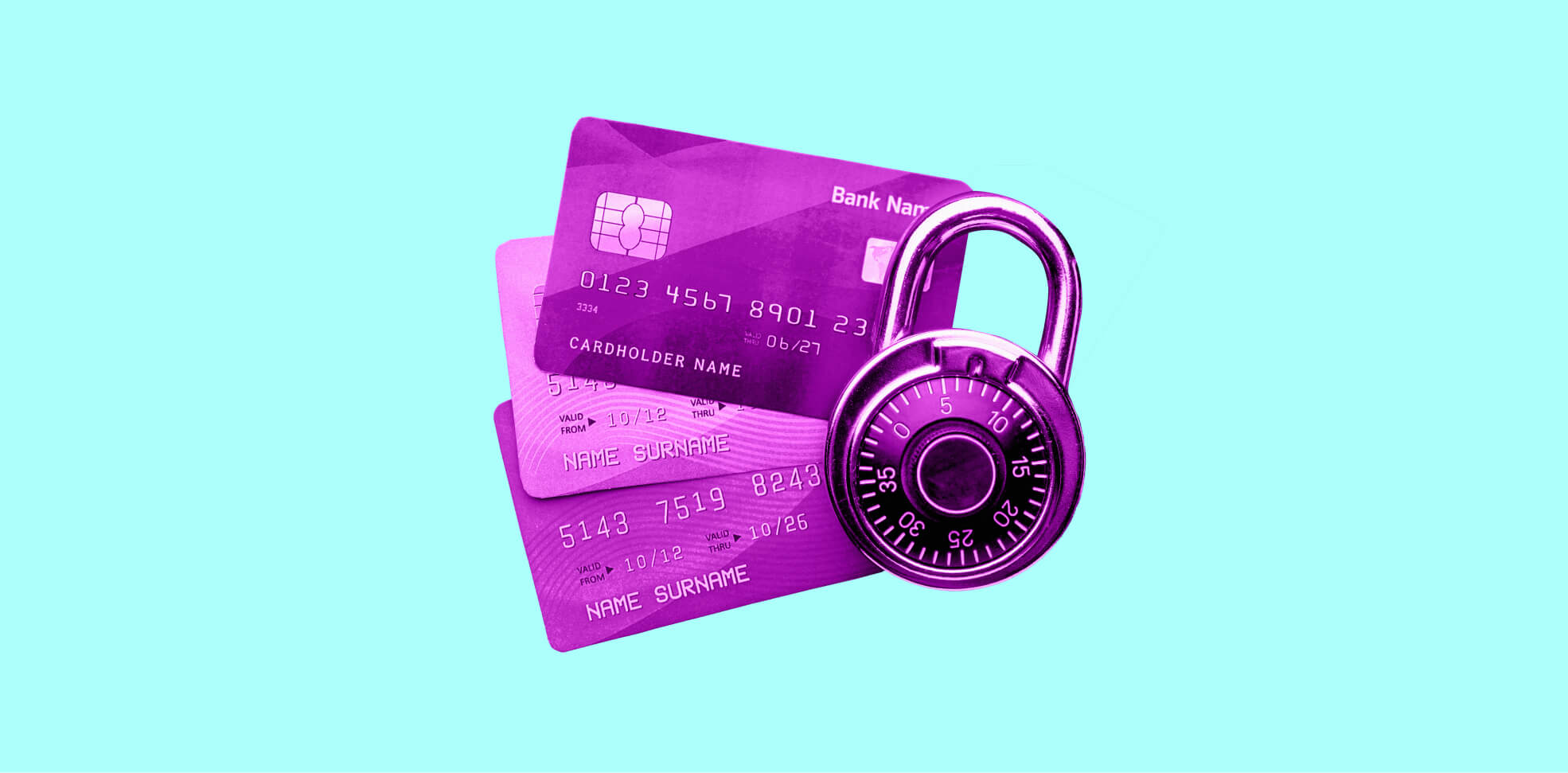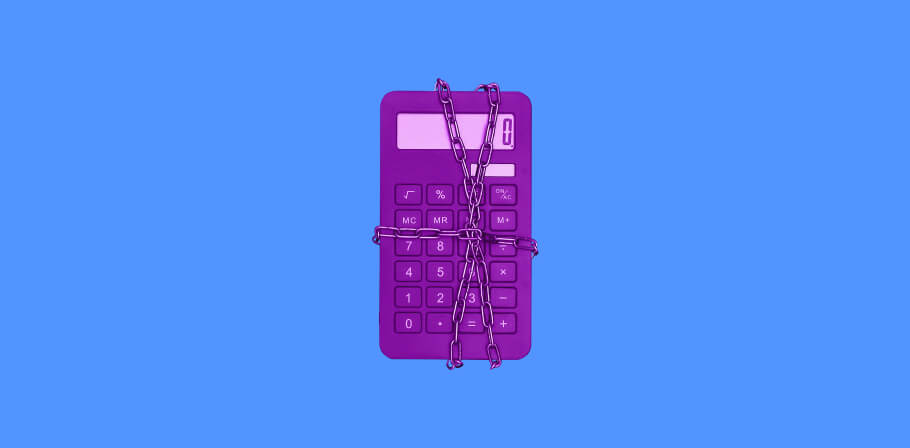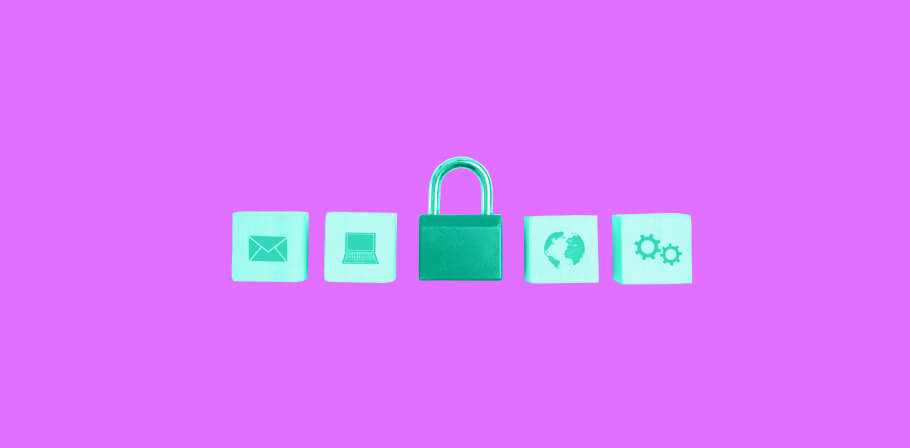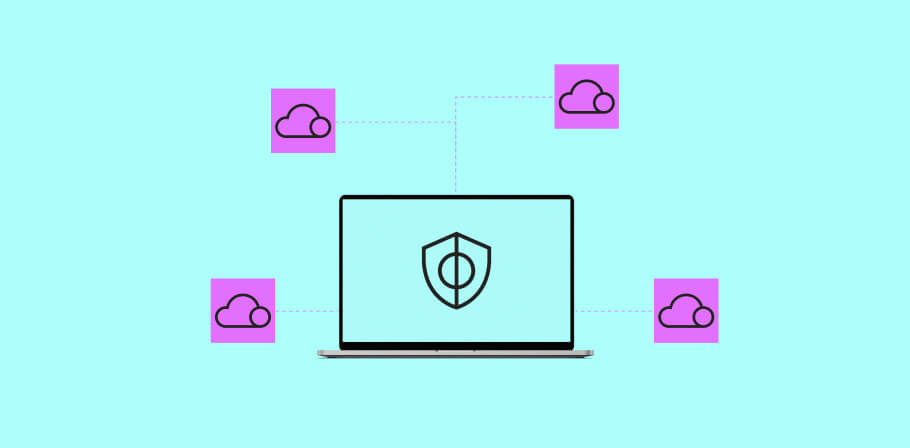Cybersecurity in banking has grown in importance. As banks shift toward online consumer experiences, they must deploy high-quality digital security to safeguard consumers and business assets. Technology offers convenience, but it also attracts bad actors who increasingly hope to exploit new opportunities.
The best fraud defense tactic is prevention. Those who prepare for the challenges ahead will protect the health and reputation of their organizations — especially as cyber attacks grow in sophistication.
Let’s explore the current state of cybersecurity in banking. Outlining cybersecurity trends can help you better respond to the industry risks and get better equipped to navigate the breadth of cybersecurity services on offer today.
The current landscape of cybersecurity in the banking & financial industry
The market for IT security in banking has maintained its rapid growth in 2024. Since financial institutions are primary attack targets, investments in protection continue to scale. The market value reached $38.72 billion in 2021, and projections see a compound growth rate of 22.4% and a value of $195.5 billion by 2029.
A big part of such growth figures relates to the increase in cybercriminal activity. The volume of fraud attacks follows an upward trajectory, with cyber inсidents almost tripling the reported accounts in 2013. Bad actors are taking more malicious actions, likely due to the digitization of more bank services. As transactions go online, cybercrime attempts have increased in kind.
In addition, the threats themselves are becoming more advanced. Attacks range from attempts on web-based services to strategies on the transaction systems themselves. Organized groups and insiders are using novel tech (e.g. machine learning) to gain access to banking assets.
Of course, this has led the financial sector to demand heightened regulatory and compliance measures. Consumers want banks to protect their data and assets. So bank cybersecurity now must secure all networks, storage facilities, apps, and devices. Risk management for digital services is now a crucial aspect of the banking experience.
Banks have taken steps to address this. Collaboration is the name of the game, as data sharing and integrated prevention tools help strengthen the industry. Public-private partnerships, consumer education, and combined efforts with cybersecurity service providers will shape the future of cybersecurity in banking.
DO YOU NEED A COMPLETE OVERHAUL OF YOUR CYBERSECURITY POSTURE?
Explore comprehensive cybersecurity services delivered by the experts at EPAM Startups & SMBs
Top cybersecurity threats still faced by banks in 2024
Even with advancements, cybersecurity in the banking industry continues to grapple with a range of threats in 2024.
Advanced persistent threats
Advanced persistent threats (APTs) refer to organized campaigns that establish a long-term presence inside a bank network. The intruders then steal sensitive information or manage internal takeovers.
Such attacks are complex. They often use a mix of trojan and backdoor injections, and once inside, fraudsters can perform counter-security measures that evade detection.
This tactic is unique to the sophistication of bank networks, and when successful, it may lead to all manner of financial fraud. A recent example includes the Sidewinder APT, which has targeted governments and financial institutions worldwide.
Supply chain attacks
The digitization of banking allows numerous third-party services to integrate with secure bank systems. For example, fintech software development has allowed neo-banks to earn a competitive service edge compared to traditional banks. Such integrated networks offer efficient service convenience for consumers.
However, this also creates vulnerabilities. Cybercriminals can now target vendors inside your supply chain that have weaker security. For example, Okta reported three recent data breaches due to supply chain attacks. Criminals executed the hacks on the authentication service through GitHub repositories.
Phishing and social engineering attacks
Human error remains a critical weak point with IT security in banking. Bad actors continue to use scams that trick employees and customers into providing personal information (especially after the pandemic). This is a type of identity theft.
For example, many fraudsters pose as a bank, high-level representatives, or the government to gain credit card data. Others use phishing emails or messages that contain malicious links. Spoof websites that mirror secured bank web pages are also common ploys. When Silicon Valley Bank made the headlines due to its impending insolvency, scam domain names with similar URLs spiked.
Social engineering in all its forms remains a prominent risk factor that your cybersecurity team should take steps to address.
Unencrypted data
Usually, cybersecurity teams scramble all data with encryption. Only someone with the appropriate key can reassemble the data, making it far easier and safer to transfer. Even if a fraudster steals the information, the data is useless without the key.
Hackers expend immense effort attempting to steal data the minute it is left unencrypted within a banking server. Most recently, a cybersecurity researcher found an entire unencrypted database with sensitive customer information held by Canadian fintech platform NorthOne.
Ransomware attacks
Ransomware remains a top security threat for banks. Criminals steal and encrypt financial documents that lock clients out of their own systems. In many cases, the programs can paralyze bank services for extended periods of time. To unfreeze the services, you must pay the ransom demanded by the criminals.
Ransomware remains a big problem for banks, as downtimes frustrate users and harm public reputations. Just this year, the Lockbit Ransomware seized the internal operations of the Banco de Venezuela, the largest financial institution in the country.
Major cybersecurity risks your bank might be ignoring
As cybersecurity in the banking industry evolves, so do bad actors. Fraudsters exploit the weak points in new technologies and attempt novel strategies. The banking sector should prepare for the following risk factors trending in 2024:
Emerging tech
Financial institutions experience a far greater surface area of attack with the introduction of new technologies. Examples include artificial intelligence, blockchain, and cryptocurrency.
Machine learning and smart contracts are useful and disruptive solutions for those with a well-prepared defense posture. However, both technologies are in their early adoption stages and still suffer from code errors and algorithm weaknesses that intelligent hackers can exploit. It’s a good idea to update legacy systems with new services, but only after you complete extensive cybersecurity risk assessments.
Cloud vulnerabilities
Cybersecurity in the banking industry has committed to cloud solutions. All internal operations improve once a business adopts flexible cloud-based systems, but the migration does include risks. For example, cloud services offer rigid security controls, but those efforts are useless if misconfigured. There is also a shared responsibility between providers and banks — most institutions now need new cloud security regarding data leakage, access management, and privilege abuse.
DON'T LEAVE YOUR FINANCIAL INSTITUTION EXPOSED TO CYBER THREATS
Talk to our cybersecurity consultants to learn how to safeguard your assets.
Endpoint security
Online banking extended into devices, the primary way in which most consumers access financial digitalization services. However, with millions of devices, the attack surface area vastly increases.
You now need to make extensive efforts toward device management and IoT systems. Weak passwords, a lack of encryption, and missing authentication processes all increase bank network security risks. Fraudsters can exploit lost or stolen phones, slow account timeouts, unpatched firmware, and minimal device security policies. Thus following online banking security measures can safeguard both banks and their customers.
Insider threats
As bank IT systems grow in size and service capabilities, overall risk exposure expands in kind.
For example, many banks now opt for bring-your-own-device or remote work conditions. Remote access is hard to monitor and demands new security controls. It also introduces the problem of negligence, where employees click on malware or leave sensitive information in accessible locations. Some privileged administrators may even act maliciously, abusing their elevated status for personal gain.
Bank networks are connected and integrated, but that exponentially increases the risk related to insider threats.
Third-party bank networks
Lastly, banks in 2024 need to prepare for cybersecurity risks related to third-party providers. Financial institutions now rely on integrated digital solutions, and those service relationships include risk. Fraudsters can leverage weak points in smaller vendors to access the networks of large banks.
The responsibility and impact of a data breach still rest on you (the parent bank), regardless of the third-party storage service used. Even worse, different vendors have different levels of oversight. Most financial institutions cannot effectively monitor or track associated third-party actions.
Try to address the bank network security risk related to the growth of service providers integrated into your network.
Top banking cybersecurity solutions that prove effective
The threat landscape in 2024 continues to evolve, shaping the future of banking. Implementing effective defensive tactics is paramount for banks that hope to protect customer data and business assets. Here are some top banking cybersecurity solutions that you can use to counter emerging cyberattacks.
Monitoring
Invest in tracking software for all digital banking services. Such services perform tests and patch installs that are crucial for a secure environment. Monitoring tools also help lower third-party risk and can offer real-time alerts that help with damage control in the event of a breach.
Risk assessments
Implement risk assessments as a form of cybersecurity audit. Regular reviews of the current defense posture allow institutions to adapt to new threats as they evolve. With good security awareness about potential weak points, teams can shore up vulnerabilities or create effective incident response plans — a strategy often employed during red team vs. blue team exercises. Resource allocations and decision-making improve, even to the point where security professionals can take proactive cybersecurity measures.
Encryption
Encryption remains a priority in bank cybersecurity. Data storage regulations have increased, and fraudsters are executing more sophisticated attacks. All customer information security in banks should be encrypted, whether at rest or in transit. For example, if you're interested in how to make a budgeting app that's secure by default, you should ensure all related webpages, customer communication, and interbank data use encrypted security standards (e.g. secure sockets layer and transport layer security protocols).
Access management
Determine appropriate access levels for all systems, applications, and data. For consumers, that includes two-factor authentication or biometrics for account security. For employees, that could involve Role-Based Access Control (RBAC) setting privileged user restrictions. For cybersecurity teams, this can mean tracking access logins and terminations based on predetermined rule sets.
Network security
Invest in proactive network security solutions that help prevent attacks by bad actors on the extended bank network. Firewalls and intrusion detection software can secure the perimeter. Segmentation and access controls can limit lateral movements from compromised network areas. Denial of Service protection can detect and protect against malicious traffic (DDOS), while Wi-Fi security covers information security in bank transmissions.
Endpoint security
Employ several novel strategies designed to protect devices at the edge. Endpoint detection and response solutions (EDR) and mobile device management (MDM) are possible options. Such tools limit unauthorized access or engage in data removal in the event of a compromised device. Employee training about insecure device usage and monitoring analytics can also function as proactive safety measures.
Data loss prevention
Data loss prevention (DLP) systems refer to a set of tools designed to prevent instances of lost or misused data. Examples include inclusion detection systems or antivirus software. Some solutions even offer specific protection for known malware or ransomware threats. DLP tools are indispensable for data breach mitigation, and they offer a comprehensive way to tighten up information security in banks.
Has your bank taken these cybersecurity measures yet?
Fraud prevention solutions are a must-have for any bank. The state of your bank's reputation, the protection of all business assets, and the confidence of the consumer all depend on a resilient defensive posture. If you have not yet implemented the security solutions mentioned above, consider partnering with highly qualified professionals. Our experts can help you improve your cybersecurity stance heading into the future.

Expert digital communicator and editor providing insights and research-based guides for technology buyers globally.
Expert digital communicator and editor providing insights and research-based guides for technology buyers globally.
Explore our Editorial Policy to learn more about our standards for content creation.
read more















